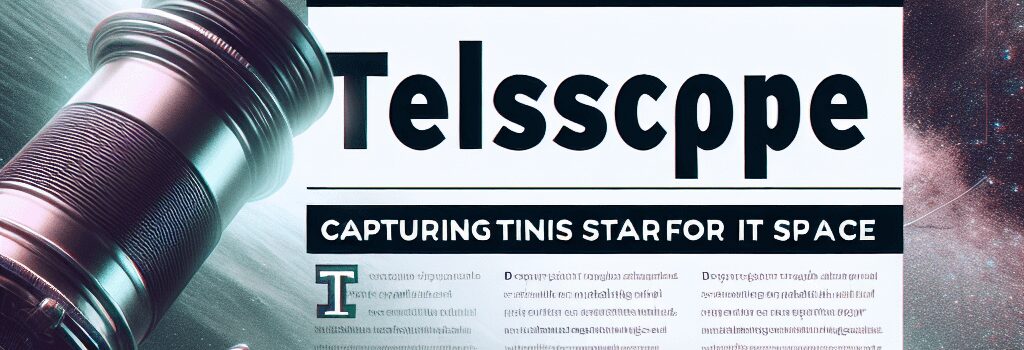Tuesday Telescope: Capturing Stars from Space

In an era when so much of our view is filtered through pixels, there’s nothing quite like raw, unmediated starlight. Welcome to this edition of Tuesday Telescope, where we explore the technical marvels and scientific context behind NASA Astronaut Don Pettit’s breathtaking star photographs taken from the International Space Station (ISS).
Don Pettit’s Microgravity Photographic Odyssey
On Expeditions 67/68, Pettit returned with over 670,000 images captured with a modified Nikon D5 DSLR and a Nikon Z6 II body. He equipped each camera with custom UV–VIS anti-reflective coatings and mounted them on vibration-damped brackets inside SpaceX Dragon’s nadir window assembly. His high-speed lenses—a 24–70 mm f/2.8 and an 85 mm f/1.4—enabled exposures from 1/4,000 s to 30 s, balancing starfield detail against Earth’s bright limb. By minimizing ISO gain and exploiting the station’s regulated thermal environment, Pettit reduced sensor noise and achieved signal-to-noise ratios rarely possible in handheld astrophotography.
- Exposures tuned to capture meteors, airglow, and the geocoronal hydrogen halo.
- Sensor gain locked at native ISO 64–100 to limit read noise.
- Custom Raspberry Pi Zero–based star tracker aligning images with sub-arcsecond precision.
Technical Deep Dive: In-Orbit Star Tracker Design
Pettit’s star tracker is a testament to rapid prototyping in microgravity. It utilizes a 2.4 μm-pixel CMOS sensor paired with a 50 mm f/1.8 lens, delivering a 40° field of view. An ARM Cortex-A53 processor runs centroiding algorithms at 10 Hz, dynamically compensating for the ISS’s 7.66 km/s orbital velocity and periodic attitude adjustments. This approach mirrors emerging AI-driven star trackers in CubeSats, where lightweight convolutional neural networks classify star patterns even under varying stray-light conditions.
Optical and Atmospheric Considerations from LEO
At roughly 420 km altitude, the station sits above most of Earth’s scattering layers, allowing stars down to magnitude +7 to shine without atmospheric attenuation. Yet challenges remain: terminator glow, mesospheric airglow at 90–100 km, and stray sunlight reflecting off station surfaces. Pettit mitigated these by using 656.3 nm H-alpha and 589 nm sodium narrowband filters, isolating emissions from both the geocorona and mesospheric sodium layer—features virtually invisible to ground-based telescopes.
Educational Outreach and AI-Driven Star Mapping
Raw FITS files from Pettit’s cameras were shared via GitHub repositories, where collaborators at the SETI Institute and several university astrophysics labs applied machine-learning pipelines to align frames with GAIA DR3 catalogs. The resulting AI-annotated star maps now serve as teaching modules in NASA’s Artemis Student Challenges. These modules guide high-altitude balloon experiments that test low-cost star trackers, informing hardware designs for the upcoming Lunar Gateway station.
Looking Ahead: From LEO to Deep Space Imaging
While the ISS remains an accessible platform for astrophotography, the frontier is shifting farther out. The James Webb Space Telescope continues to unveil faint stars in distant galaxies with unparalleled near-infrared sensitivity. Meanwhile, the upcoming Psyche mission will deploy a miniaturized star tracker at 3 AU, demonstrating how prototyping on the ISS directly feeds into autonomous navigation systems for deep‐space spacecraft.
Thanks to Don Pettit’s ingenuity and dedication, we’ve taken a step closer to the stars—both literally and figuratively. As commercial habitats like Axiom Station and private stations such as Starlab come online, the era of in-orbit citizen astronomy is just beginning.